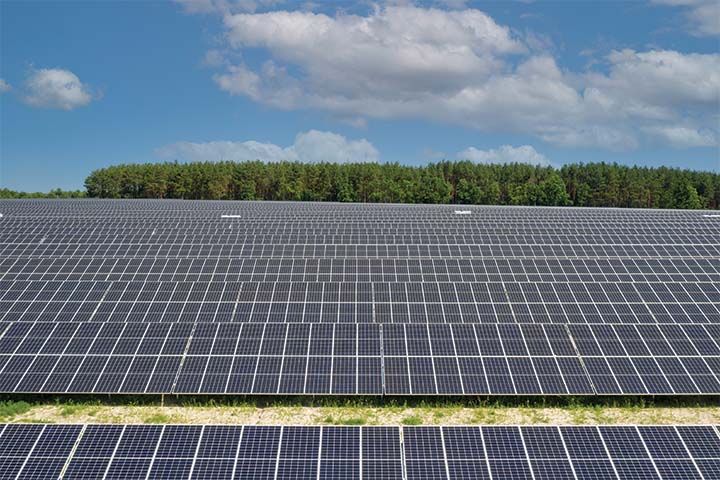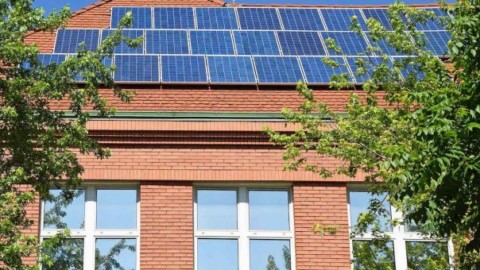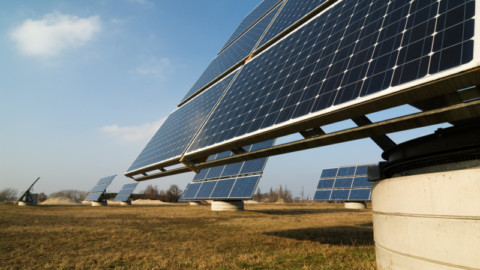by Jason Willoughby, CEO of CWP Renewables
CWP Renewables closed out 2021 with two significant power purchase agreements (PPAs) with major corporate partners. It’s a push we’ve seen for a few years now – corporates keen to secure their slice of clean energy to help meet net zero emissions and renewable electricity targets. Renewable energy feeding into the National Electricity Market (NEM) has been rising in recent years, but there will be a notable gap in the next few years.
CWP Renewables will start construction on Uungula Wind Farm in Central West New South Wales in 2022, with an expected capacity of 400MW, but the reality is that across the industry demand will outstrip supply when it comes to corporate PPAs for the medium term, while the development pipelines play catch-up.
There are only a handful of wind energy projects under construction or about to enter construction across all states and territories. According to the Business Renewables Centre Australia’s (BRC-A) annual State of the Market report for 20211 , 770MW of corporate PPAs were signed last year to the end of October 2021, following 1.3GW of capacity signed in PPAs for 2020.
In total, it’s estimated at least 110 corporate PPAs have been inked for more than 4GW of renewable energy since 2017.
PPA partners have changed over time
To date, we’ve signed more than 525MW in PPAs. In 2017, it was government and utility customers leading the way with PPAs. We signed our first agreement with the ACT Government, followed by Meridian Energy.
The following year, Snowy Hydro signed with us and since then we’ve had retailer Flow Power join us, as well as Sydney Airport, CBA, and Transurban. Last year, Woolworths Group partnered with us to supply 30 per cent of its electricity needs in NSW – a large contract given the group’s usage accounts for 1 per cent of all energy used in Australia.
The deal was followed by food and beverage manufacturer Nestlé Australia – signing a ten-year PPA to cover 100 per cent of its electricity use across six factories, two distribution centres, three corporate offices, 20 retail boutiques, and a laboratory.
We are now seeing consistent and ongoing demand from corporate customers seeking out agreements to meet their clean energy commitments, and this appears to be the common driver across the industry. BRC-A’s State of the Market 2021 report notes: “For two years running, over 60 per cent of buyers nominate non-price drivers as drivers for interest in PPAs.
The growth of organisations signing net zero and sustainability commitments is likely to solidify this trend and is a key factor underpinning the resilience of the corporate PPA market.”
Demand is high, development remains challenging
Whilst it’s difficult to put a blanket rate on demand, we are observing potential customer demand outstripping our capacity by a factor of four. You could be forgiven for thinking this demand will drive the renewable energy industry for years to come and in many ways, it will.
What won’t change are the increasing challenges in finding suitable sites, the importance of ensuring the right balance of community impacts and benefits, and much-needed transmission network upgrades not due till late this decade.
In relation to dwindling sites and increasingly engaged regional communities, social license will be more important than ever.
Community and environmental benefits will be scrutinised more, but also industry track records will come to the forefront, as the task required to bring projects to completion and operate them becomes more complex, making it harder for single project proponents to enter the market.
We’ve also seen plans in New South Wales to apply rules on where renewable energy projects can be built in relation to key regional towns to protect residential and commercial hubs. Under proposed amendments to the Infrastructure State Environmental Planning Policy, the cities protected include the likes of Armidale, Dubbo, and Griffith as they are “at risk of encroaching solar and wind development due to their proximity to areas of relatively high solar and wind resource potential”.2
There is no doubt the desire to develop renewable energy is high. The rollout of renewable energy zones (REZs) in New South Wales has seen an incredibly high rate of interest from developers, but not all proposed projects are likely to proceed. Increased competition will mean the projects offering credible, robust commitments to the community, government and customers will likely come out on top.
Commitment: the new contract
With 2025 just around the corner, there are probably quite a few businesses that will be disappointed that they can’t meet a commitment of 100 per cent renewable electricity in this timeframe. For many corporates, it may well come as a shock that negotiations need to be well underway now to have the chance for new capacity to assist in making the transition by 2025.
What businesses and those holding them to account will need to accept is that a commitment to purchase renewable electricity post-2025 will need to become the new green standard. Having a PPA locked in with a wholesale generator will need to be the benchmark while we wait for more projects to come online.
As flagged, the pace of construction is not in line with customer demand. CWP Renewables has a strong development pipeline of 3.5GW, but only 400MW of capacity will be available for 2025. Of course, offshore wind energy is making headway and in time it will offer a new range of capacity.
But in the medium-term, corporate energy users will need to commit upfront to a binding agreement and wait for their clean electricity to connect to the grid. Either way, it’s a move in the right direction, signalling a change for the better as we all transition to net zero emissions and an economy powered by renewable energy.



















